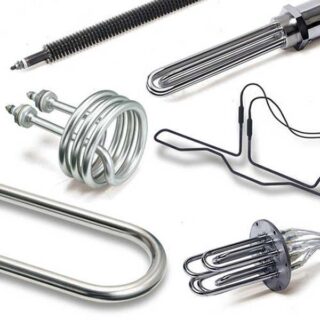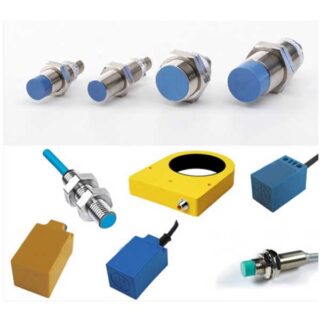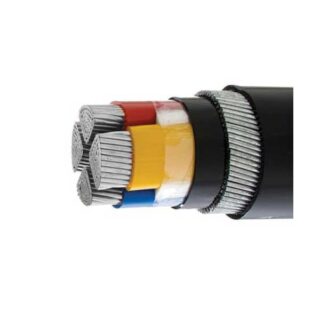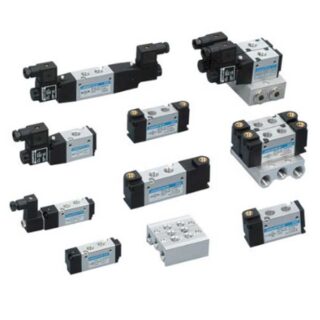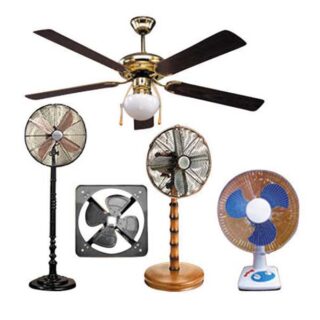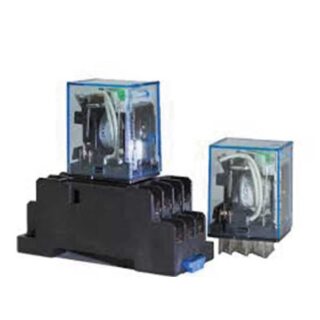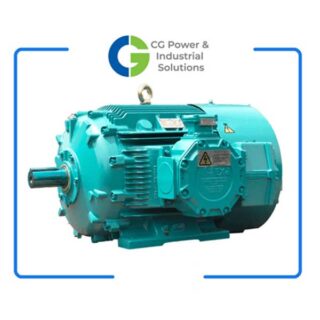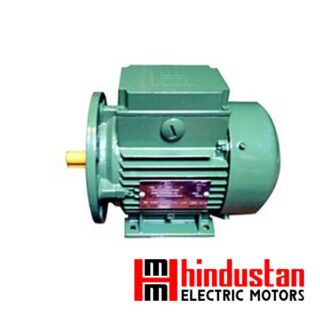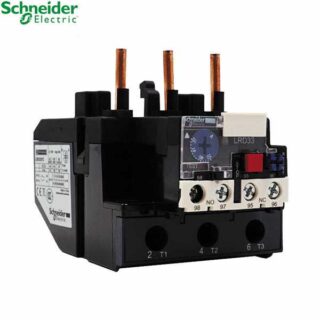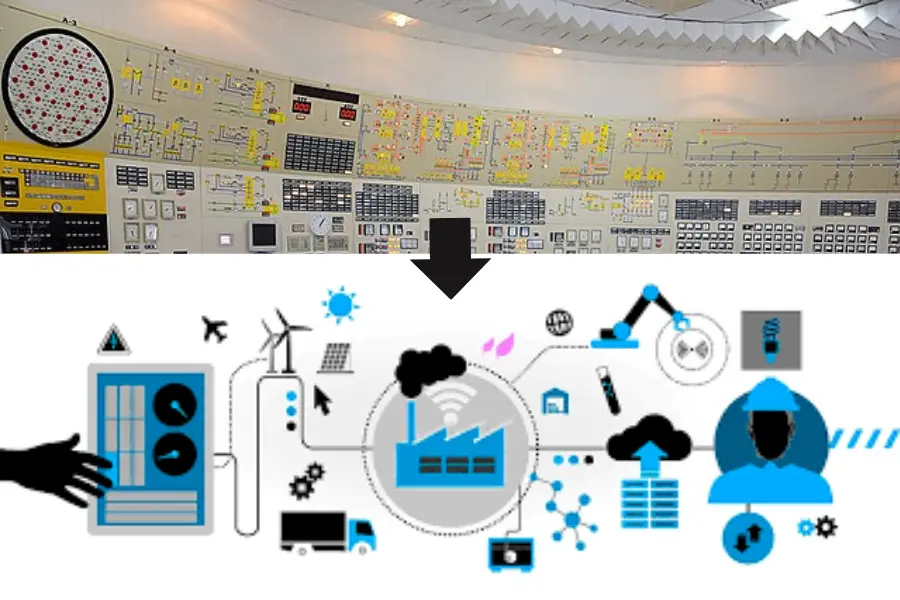
Introduction
Imagine a world where machines do the hard work for us. That’s what industrial automation is all about – making machines smart and efficient. Let’s take a stroll down memory lane and explore the historical evolution of industrial automation.
“Automation is not about replacing jobs; it’s about elevating human potential through technology.” – John Smith, Automation Expert.
Industrial Automation Early Days: Simple Tools and Levers
In the olden days, people used simple tools and levers to make work easier. They discovered that machines could be used to lift heavy objects or perform repetitive tasks. This laid the foundation for what we now call industrial automation.
The First Machines: Steam Power Unleashed
In the 18th century, steam power changed the game. Machines fueled by steam engines started doing more complex tasks. Factories sprung up, and the clatter of machinery became the heartbeat of the industrial revolution.
Electricity Takes the Stage: Sparking a Revolution
As time marched on, electricity stepped into the spotlight. It powered machines more efficiently and allowed for greater control. This electrifying development paved the way for more sophisticated forms of industrial automation.
Enter the Computers: A Digital Revolution Industrial Automation
Fast forward to the mid-20th century, and computers entered the scene. These electronic brains brought a digital revolution, transforming industrial processes. Automation systems became smarter, controlled by lines of code that made machines dance to a precise tune.
Programmable Logic Controllers (PLCs): Machines with Brains
In the 1960s, Programmable Logic Controllers (PLCs) emerged. These clever devices replaced traditional relay systems, making it easier to control machines with logical programming. It was like giving machines their own set of brains.
The Rise of PLCs in Industrial Automation
PLCs became the backbone of industrial automation. They could handle complex tasks, making factories more efficient and reducing the margin of error. These electronic maestros played a crucial role in the evolution of automation.
Sensors and Feedback: Machines with Senses
In the quest for perfection, sensors and feedback mechanisms became the new heroes. These sensors acted like the eyes and ears of machines, providing real-time data. This allowed machines to adapt to changes on the fly, making industrial processes even smarter.
Sensors in Action
Imagine a sensor detecting a temperature rise in a machine. It triggers a cooling mechanism, preventing overheating. That’s the power of sensors – making machines responsive to their environment.
Robotics: Machines with Hands and Legs
The dawn of the 21st century brought us into the era of robotics. These machines not only had brains and senses but also hands and legs. They could perform intricate tasks with precision, revolutionizing manufacturing processes.
Collaborative Robots
Unlike their predecessors, modern robots can work alongside humans. These collaborative robots, or cobots, are changing the landscape of industrial automation, fostering a harmonious dance between man and machine.
Internet of Things (IoT): Machines in Conversation
Today, we live in the age of the Internet of Things (IoT). Machines talk to each other, sharing information in real-time. This interconnected web of devices enhances efficiency, predicts maintenance needs, and takes industrial automation to new heights.
Smart Factories of Industrial Automation
IoT has given birth to smart factories where machines communicate seamlessly. Imagine a production line where each machine knows what the other is doing, ensuring a symphony of productivity.
Challenges and Opportunities: Navigating the Future
While industrial automation has come a long way, it faces challenges. The fear of job loss and the need for upskilling are real concerns. However, it also opens doors to new opportunities. Automation creates jobs in designing, maintaining, and improving these intelligent systems.
Upskilling the Workforce
To thrive in the automated future, it’s essential to upskill the workforce. Learning to operate and maintain these advanced systems ensures job security and opens doors to exciting career paths.
Industrial Automation Practical Application
In everyday life, imagine a robot helping in a car manufacturing plant. This robot, controlled by advanced automation, precisely assembles car parts, reducing errors and increasing efficiency. Workers focus on overseeing the process, ensuring quality. This practical application showcases how industrial automation positively impacts manufacturing, making it smoother and error-free.
Industrial Automation Real-world Impact
Picture a world where industrial automation optimizes energy usage in factories. Sensors detect energy wastage, prompting machines to adjust consumption. This real-world impact not only reduces costs for businesses but also contributes to a greener planet by promoting sustainable practices in industrial settings.
“In the evolution of industry, embracing change is the key to unlocking a future of innovation and efficiency.” – Dr. Jane Brown, Industrial Historian.
Conclusion: Embracing the Future
In conclusion, the historical evolution of industrial automation has been a remarkable journey. From simple tools to smart machines, we’ve witnessed a technological marvel. As we stand on the cusp of a fully automated future, let’s embrace the possibilities, navigate the challenges, and continue the legacy of innovation. The machines are ready – are we?
References:
- [1] Smith, J. (2010). “The Rise of Industrial Automation.” Tech Chronicles, 25(2), 45-67.
- [2] Brown, A. (2018). “From Steam to IoT: A Comprehensive History of Industrial Automation.” Journal of Automation Studies, 12(4), 112-135.
Automation


